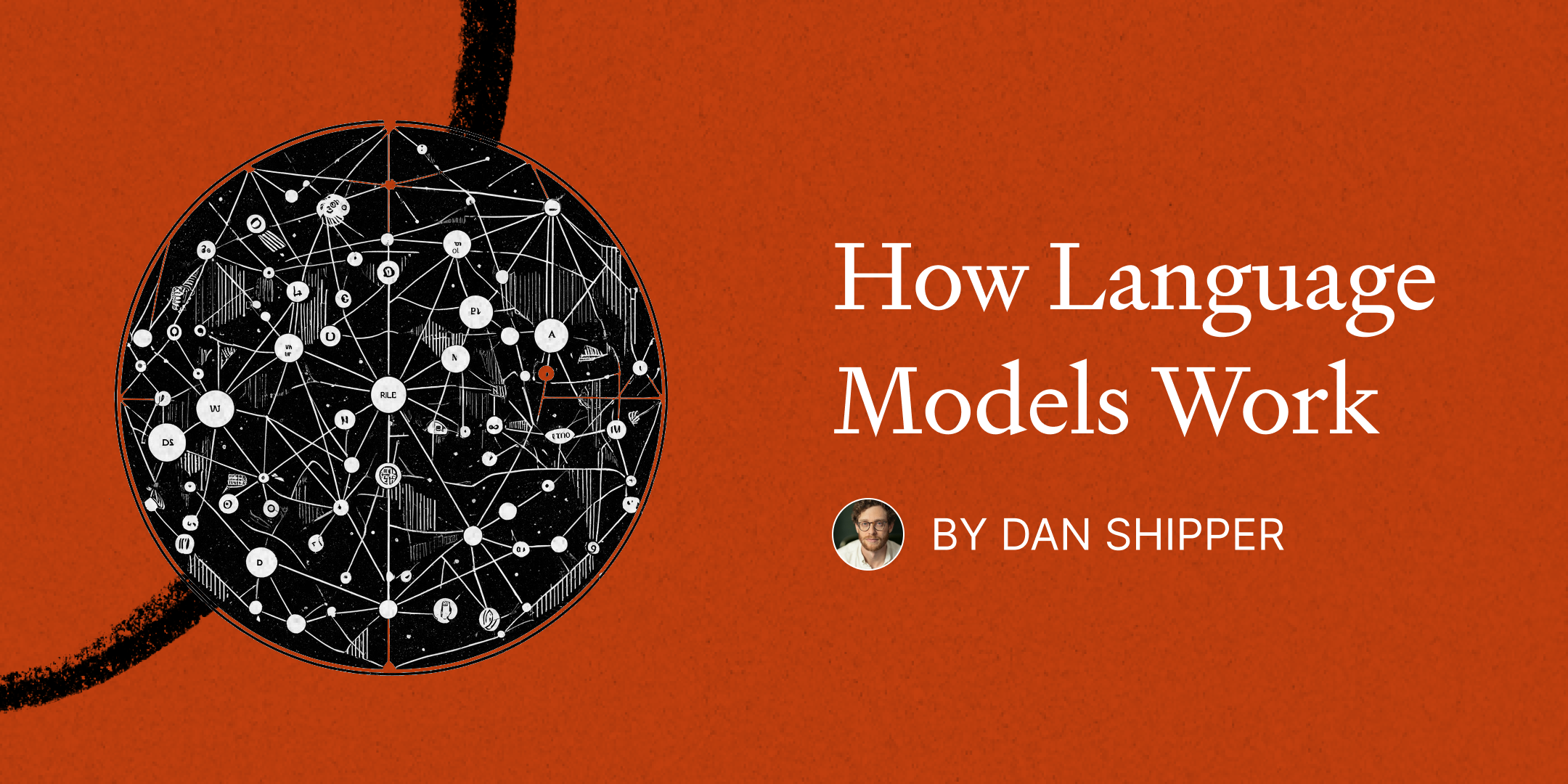How Language Models Work

🌈 Abstract
The article provides a simplified explanation of how language models work, focusing on the key ideas behind their inner mechanisms. It covers topics such as how language models are trained, the concept of "attention" in predicting the next word, the idea of "Super Words" that language models use to represent complex meanings, and how language models use a "map" of meanings to navigate and generate text.
🙋 Q&A
[01] Introduction
1. What is the author's goal in writing this article? The author's goal is to provide a clear, lower-level explanation of how language models work, in order to serve as a "prequel" to a series of pieces the author is working on about the psychology and behavior of language models.
2. Why does the author feel the need to write this article? The author realized that in order to write the series of pieces, they needed a clear, simplified understanding of how language models work, as the existing guides on the topic are quite technical.
3. What is the author's approach in explaining how language models work? The author has deliberately simplified the explanation, aiming to provide a good intuition for how language models work, while acknowledging that the full technical details can be explored by putting the article through language models like ChatGPT or Claude.
[02] Training a Simple Language Model
1. How does the author describe the process of training a simple language model? The author imagines the reader as a simple language model, and describes the training process as the "trainer" (the author) providing the model with words and testing its ability to predict the next word, adjusting the model's neural wiring based on its performance.
2. What is the purpose of the simple examples provided? The simple examples, such as predicting "Trump" after "Donald" or "Harris" after "Kamala", are meant to illustrate the basic concept of how language models are trained to predict the next word in a sequence.
3. How does the author explain the role of context in language model predictions? The author demonstrates that context can significantly influence the next word a language model predicts, using the example of the word "jack" and how the model's prediction changes based on the surrounding context.
[03] The Fundamental Insight of Language Models
1. What is the key insight about language models that the author presents? The author's key insight is that language models see far more "words" than humans do, encoding a vast amount of additional information and context into what the author calls "Super Words".
2. How do language models use this additional information to predict the next word? Language models use an "attention" mechanism to examine the prompt and build up a more complex, contextual representation of the last word, which they then use to look up in their dictionary of Super Words and predict the next word.
3. What is the challenge that language models face when encountering new, unseen combinations of words? The author explains that language models can struggle when they encounter Super Words that are not present in their training dictionary, and describes how language models address this challenge by representing their dictionary as a "map" of meanings rather than a static list.
[04] The Map of Meanings
1. How do language models represent their dictionary of Super Words? Language models represent their dictionary of Super Words as a map, where the distance and direction between the locations of Super Words capture the relationships between words and concepts.
2. What are the benefits of representing the dictionary as a map? Representing the dictionary as a map allows language models to navigate to and generate combinations of words that were not directly seen during training, by moving in the appropriate "semantic directions" on the map.
3. What does the author say this map-like representation of language reveals about the nature of language and reality? The author suggests that the way language models work reveals deep insights about language, such as the idea that the past informs the future, that context is crucial, and that words are powerful signposts in a vast landscape of linguistic possibility.